Some say that doing things during the start of the new year dictates the tempo for the rest of the year. If that’s true, then it’s not good that the first typhoon for 2009 has entered the Philippine area of responsibility just two days into the new year. It’s not surprising, though, as 20 typhoons on average hit the Philippines every year, as noted in our previous article which also included reminders on typhoons. To track how many typhoons pass through Philippine jurisdiction this year, let’s list down each one as it hits the Philippines.
1. Auring. The first typhoon of 2009 on the second day of the year. Floods in Cagayan de Oro and Iligan, and landslide in Matnog, Sorsogon were reported. But this is a minor typhoon.
2. Bising. The pre-Valentines celebration of affected areas must have been cut short by Typhoon Bising. We understand it entered the Philippine area of responsibility on February 12, with Storm Signal No. 1 raised in Cebu and other areas in Visayas/Mindanao. Downgraded to a low pressure area late in February 13.
3. Crising. Declared as a tropical depression on 30 April 2009.
4. Dante (International Code: Kujira). This typhoon officially left the Philippine area of responsibility on Wednesday, 6 May 2009, left at least 27 people dead in the Bicol Region.
5. Emong (International Code: Chan-Hom). PAGASA issued the first tropical cyclone warning on Wednesday, 6 May 2009. The second warning raised storm signal No. 2 (60-100 kph winds) in the northern area: Zambales, Pangasinan, La Union, Benguet, Ilocos and Abra. Updates here.
6. Feria (International Code: Nangka). In its first Severe Weather Bulletin, issued on 23 June 2009, PAGASA declared that an active low pressure area east of Visayas has intensified into a tropical depression, which was named Feria, and Signal No. 1 was declared in certain parts of Samar and Leyte. By June 25, only the following were covered by a storm signal warning (Signal No. 1): Northern Mindoro, Lubang Is., Batangas, Cavite, Bataan, Zambales and Metro Manila.
7. Gorio (International Code: Soudelor)
8. Huaning (International Code: Sanvu). This tropical depresssion was upgraded by PAGASA into tropical storm in July 13.
9. Isang (International Code: Molave). PAGASA reports that this tropical storm brought winds of 95 kilometers per hour and gusts of up to 125 kph as of 17 July 2009. It reportedly left four people dead and 1 missing.
10. Jolina (International Code: Goni). has acclerated and intensifed into a tropical storm while over the Philippine Sea, according to the second PAGASA bulletin as of 30 July 2009. The location of center is northeast of Virac, Catanduanes or east of Casiguran, Aurora. Maximum winds of 65 kph near the center and gustiness of up to 80 kph. No public storm warning signals yet raised. The first bulletin, issued on 31 July 2009, states that the low pressure area has developed into a tropical depression.
 11. Kiko (International Code: Morakot). The first PAGASA bulletin, issued on 3 August 2009, indicates that a low pressure area has grown into a tropical depression. It went outside the Philippines’ area of responsibility, heading towards the direction of Japan, but it re-entered the Philippines, as revealed in PAGASA’s fourth bulletin issued at around 11 a.m. of 4 August 2009. No public storm warning signals were issued from the start until now. At 11:00 a.m. of 7 August, Signal No. 1 was raised in Batanes, Northern Cagayan, Apayao and
11. Kiko (International Code: Morakot). The first PAGASA bulletin, issued on 3 August 2009, indicates that a low pressure area has grown into a tropical depression. It went outside the Philippines’ area of responsibility, heading towards the direction of Japan, but it re-entered the Philippines, as revealed in PAGASA’s fourth bulletin issued at around 11 a.m. of 4 August 2009. No public storm warning signals were issued from the start until now. At 11:00 a.m. of 7 August, Signal No. 1 was raised in Batanes, Northern Cagayan, Apayao and
Ilocos Norte.
12. Labuyo. The active Low Pressure Area east of Northern Luzon has developed into a Tropical Depression, according to PAGASA in its Severe Weather Bulletin Number ONE issued at 4:45 p.m., Wednesday, 2 September 2009. From that time, until the sixth severe weather bulletin was issued on 4 September 2009, no public storm warning signals was raised.
13. Maring (International Code Name: Mujigae). On 8 September 2009, PAGASA declared its as a tropical depression, leaving the Philippine area of responsibility in September 9.
14. Nando (International Code Name: Koppu). On 12 September 2009, Nando entered the Philippine area of responsibility. Only Storm Signal No. 1 was raised.
15. Ondoy (International Code Name: Ketsane). The most destructive typhoon that hit the Philippines in recent memory, primarily due to massive flooding in many areas including Metro Manila (see precautions). Death toll is around 300 people, with millions directly affected. Together with Pepeng, Ondoy caused more than P6 Billion of damage to crops (as of October 8 and this figure is rising). Read more here.
 Satellite Image of Typhoon Pepeng (Courtesy of PAGASA-DOST)
Satellite Image of Typhoon Pepeng (Courtesy of PAGASA-DOST)
16. Pepeng (International Code Name: Parma). A few days after the destructive Typhoon Ondoy, Pagasa issued its first weather bulletin on 30 September 2009, indicating that Typhoon Pepeng has entered the Philippine Area of Responsibility (PAR), with a gustiness of up to 150 kph. Severe Weather Bulletin No. 8, issued on 2 October 2009 reflects a gustiness of 230 kph, with first landfall expected at around noon of Saturday in the Aurora-Isabela area. Storm Signal No. 2 had been declared for the provinces of Catanduanes, Camarines Norte, Northern Quezon, Aurora, Polillo Islands and Isabela. Satellite image courtesy of Pagasa (11 a.m., 02 October 2009). Pagasa says it’s possible for the Pepeng to reach Signal No. 4, a super typhoon, last declared in 2006 for supertyphoon Reming. Update (Bulletin 13, 5 p.m., 3 October 2009): Pepeng has made landfall over the Eastern Coast of Cagayan and is now traversing Extreme Northern Luzon.
 Satellite Image of Typhoons Ondoy and Quedan (Courtesy of PAGASA-DOST)
Satellite Image of Typhoons Ondoy and Quedan (Courtesy of PAGASA-DOST)
Maximum sustained winds of 175 kph near center and gustiness of up to 210 kph. Signal No. 3 in Batanes group of Island, Cagayan, Babuyan and Calayan Island, Ilocos Norte, Ilocos Sur, Mountain Province, Abra, Apayao, Kalinga, Northern Isabela. Pepeng expected to leave the Philippines in the evening of Monday, 5 October. Update2 (PAGASA Bulletin 21, 5 October 2009): Pepeng has slightly intensified as it remains almost stationary and still threatens extreme northern Luzon. Update3 (PAGASA Bulletin 31, 8 October): Pepeng still remained almost stationary, 80 kms east-northeast of Tuguegarao City.
17. Quedan (International Codename: Melor). Even while Typhoon Pepeng is ravaging northern Luzon, another typhoon is threatening the Philippines. Typhoon Quedan has entered the Philippine Area Of Responsibility, per PAGASA Severe Weather Bulletin No. 1, as of 5 p p.m., 5 October 2009. It has maximum sustained winds of 205 kph near the center and gustiness of up to 250 kph, and is expected to be 780 km east-northeast of Basco, Batanes, by Tuesday.
18. Ramil (International Code Name: Lupit). Severe Weather Bulletin No. 1, issued at 6:30 p.m. in October 16, indicates that Tropical Storm Ramil has entered the Philippine Area of Responsibility, though no storm signal was raised, a status which remained until the 7th bulletin, issued in October 19 (maintained its strength as it moves northwestward slowly).
19. Santi (International Code Name: Mirinae). PAGASA released its Severe Weather Bulletin No. 1 on 28 October 2009, indicated that Typhoon Santi has entered the Philippine area of responsibility. Bulletin No. 6, released in October 30, indicates that Santi continues to move closer to Aurora-Quezon area, with Public Storm Warning Signals in a number of areas, including Signal No. 2 for Metro Manila
<
p style=”text-align: justify;”>20. Tino. This tropical depression fizzled on November 3, immediately after it entered the Philippine area of responsibility on November 2.






















































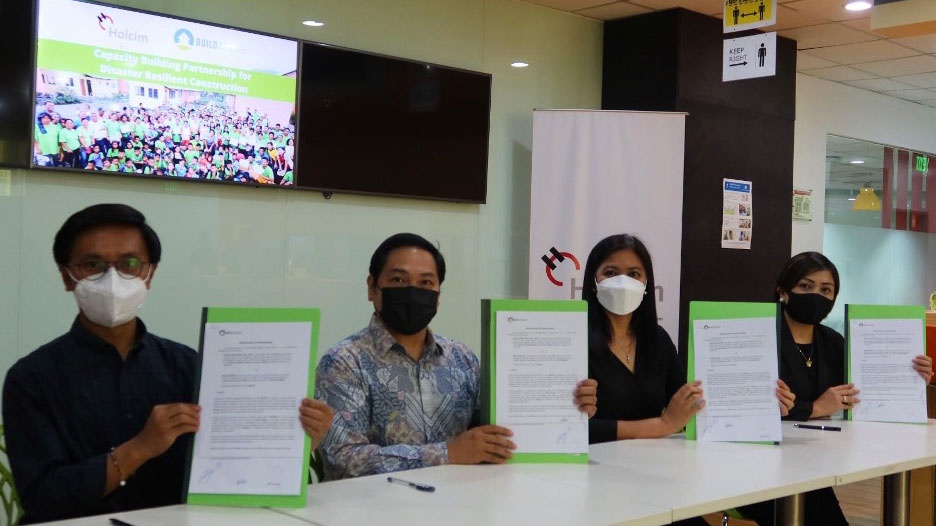
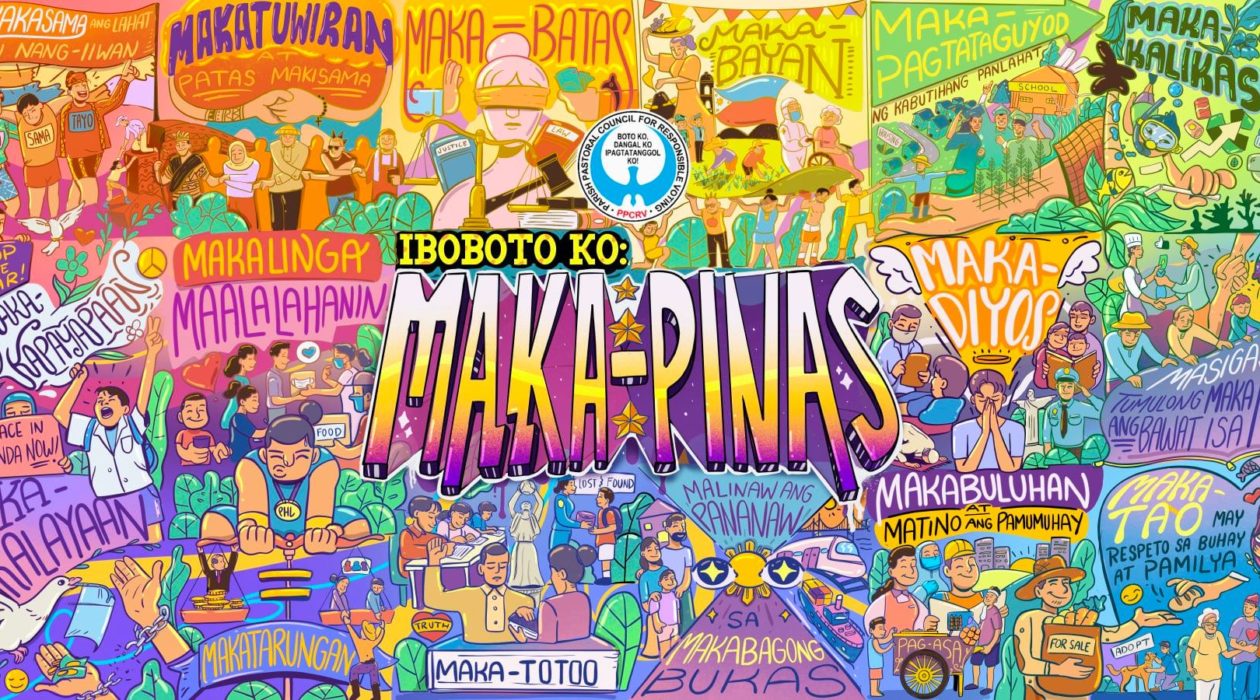



























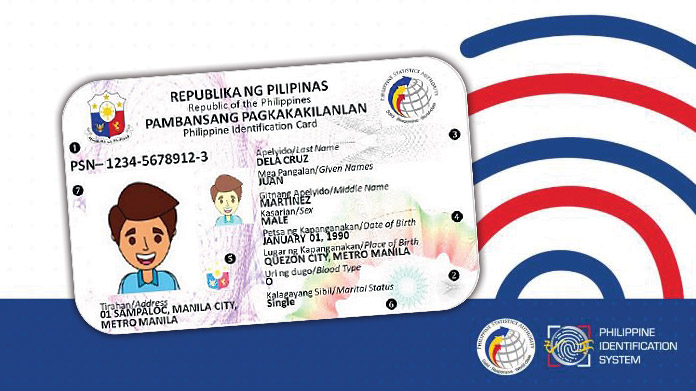












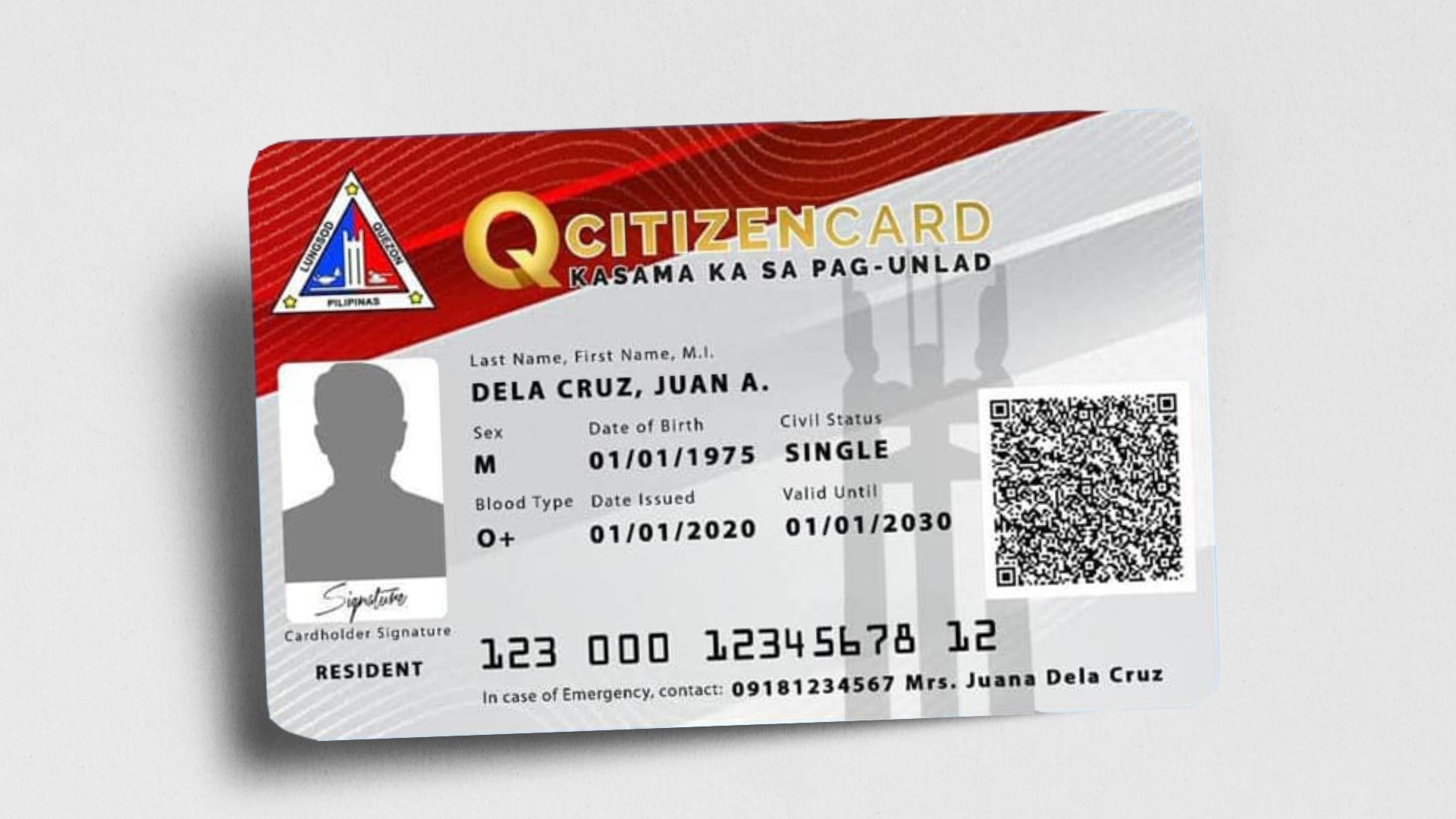











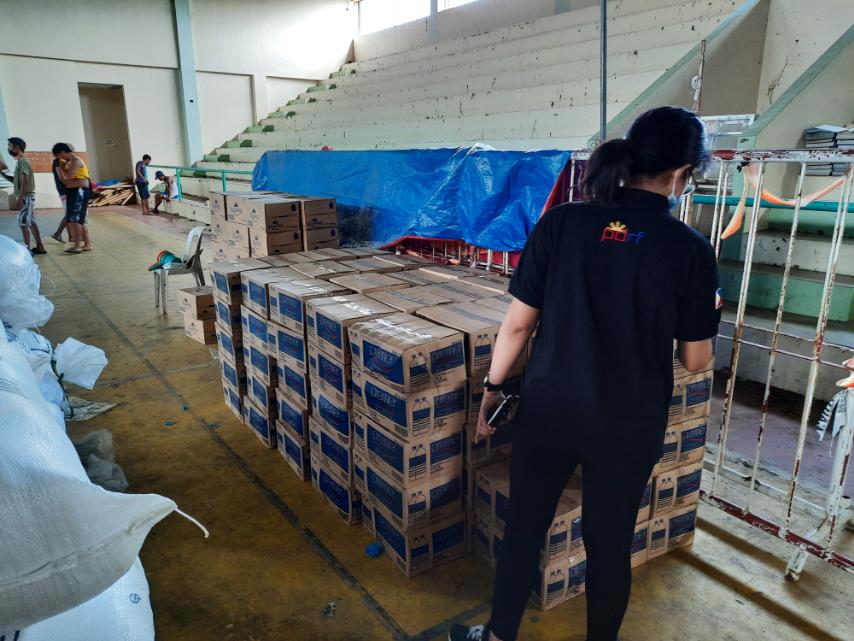

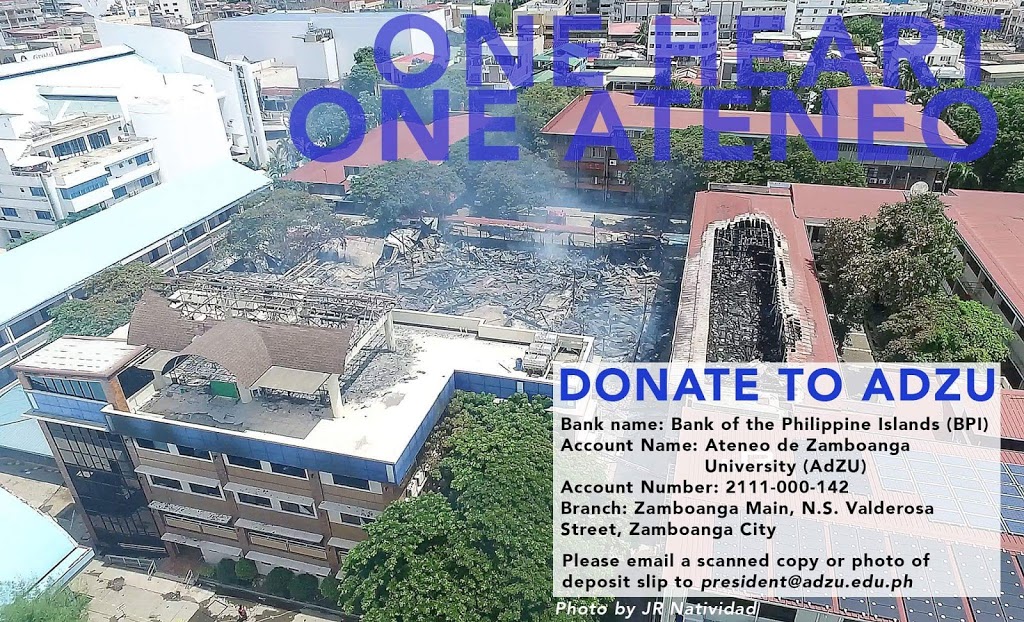




0